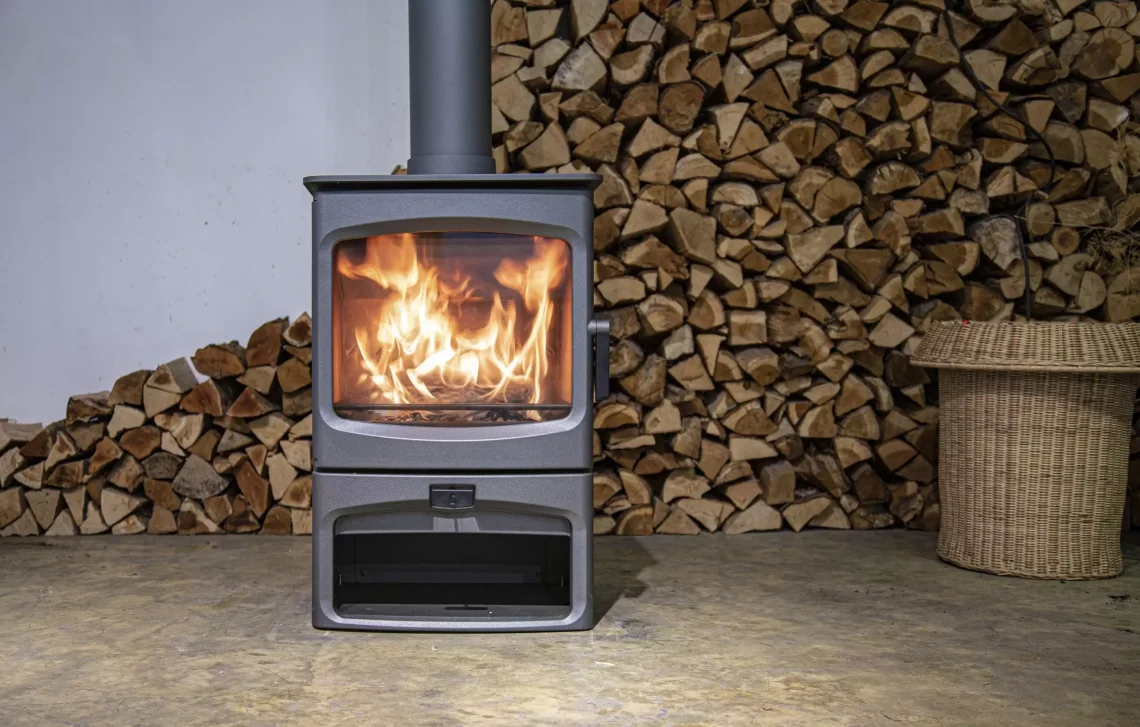Wood fuel has become increasingly sought after as the right source of fuel primarily because of its sustainability and efficiency. This fuel is also renewable, which means that there is no scarcity of depletion. They leave behind very little to no carbon imprint at all, which makes them environment-friendly when compared to other fuel alternatives like fossil fuel.
Wood pellets are the most common type of wood fuel. They are produced from biomass materials like waste paper, sawdust, and leaves to mention just a few. Just like the production process, it is equally important to store your wood fuel properly to get the best results when you use it.
Why Proper Storage is Important?
If your wood fuel is not stored properly, it tends to crack and/or become damp. This can have an adverse effect on the burning effect and quality of the fuel and also lead to smoldering and smoking when it is put to use. This builds up creosote in the chimneys. The heating capacity also gets lowered greatly.
Proper storage can help to ensure the long life of your fuel and retain its energy content. This will ensure that the fuel burns hot and clean when it is put into use. When wood fuel is stored correctly, it is kept safe against wood-attacking insects like termites and also from problems like rotting.
This article acts as a guide on effective wood fuel storage and some simple protective measures that you can adopt to keep your supply in good condition all the time.
-
Opt for the perfect storage location
Finding the right storage location for the wood fuel can appear tricky but is not difficult. It is recommended that the fuel is not stored near structures to minimize fire risks. Ideally, the storage area must be well-ventilated to keep away moisture and keep pests at bay. The ventilation also helps the wood to breathe, which is not possible in closed areas. Also, make sure that the room where you plan to store the wood fuel is dry.
It is best not to keep wood fuel directly on the ground. The fuel must be kept on a raised or elevated platform to avoid unfavorable temperatures and moisture buildup. Keep them away from heat sources as wood fuel is highly inflammable.
-
Never mix old and new wood fuel
It might seem a good idea to mix your old and new wood fuel to save on storage space, especially if you use wood pellets. However, it is best not to do so as it can help you distinguish between the old and wood pellets and allows you to use the old pellets first. Avoid emptying a bag of new pellets into the bucket of old ones.
-
Do not stack tightly
This can be helpful if firewood logs are used as the source of wood fuel. It is often considered that stacking the wood fuel tightly helps in storing more quantity. However, this may not always be the right thing to do because tight stacking can leave less room for air circulation. With minimum air circulation, moisture tends to build up on the logs and the drying process also slows down.
The stacking height for firewood logs should typically not be more than five feet and slightly off the ground. If the logs are stacked too high, they may fall and get damaged. The suggested methods to stack the logs are to opt for a traditional row stack with sufficient clearance between them or a crisscross pattern so that there is enough free space for air circulation and no water buildup. Remember to stack the wood fuel in an easily accessible location.
-
Choose the right cover
The right cover for the wood fuel will help to strike a perfect balance between airflow and protection. It is best not to keep the wood fuel covered but this may not always be possible such as during the rainy season.
Use a broad cover to cover only the top of the wood fuel and leave the cover hanging from the sides. This way, the sides will remain partially uncovered and there will be sufficient air circulation. Tarp or sheets made of weatherproof materials like plastic make very good covers.
-
Handle with care
While wood fuel sources like wood pellets are known for their durability, they must be handled properly and carefully so that there is no flaking or breaking. This causes dust buildup in the storage container. The dust is unusable and the wood fuel is wasted.
-
Do a regular inspection
Inspect your stock of wood fuel regularly. This helps you keep them off pests and look out for rotting signs like sawdust piles and soft spots. Avoid storing the wood fuel very close to the house as this can be a welcome zone for unwanted insects like carpenter ants, termites, and rodents. Keeping some cedar chips around the wood fuel can help to ward off insects.
-
Store in an airtight container
If the wood pellets are in a bag, they can be stored in the same bag until there is a need to open the bag to take out the fuel. Once the bag is opened, the pellets must be transferred to a bucket or any other container with an airtight lid. This will help to ensure that the wood pellets retain their freshness and are stored in a dry and cool area. If you have to continue keeping them in the bag, cover it using a waterproof bag and tie it tightly.
-
Avoid exposure to open air
Make sure not to expose the wood fuel to open air. If there is no option but to store the fuel outdoors, store the fuel in a dry space in a shelter or shed.
-
Store according to season
During summer, the wood fuel should be stored such that there is sufficient airflow around it so that the drying is not too much because of the heat. Similarly, in the winter and rainy seasons, a raised cover should be placed over the fuel to prevent exposure to ice, snow, or water.
In the case of wood pellets, the humidity of the environment determines the storage time. If the humidity is less than 10%, the pellets can be stored for a maximum of six months. On the other hand, If the humidity is more than 10% it is advisable to store the pellets only for up to three months and use them up by this time. Having said that, it is ideal that wood pellets are not stored for more than a month.



